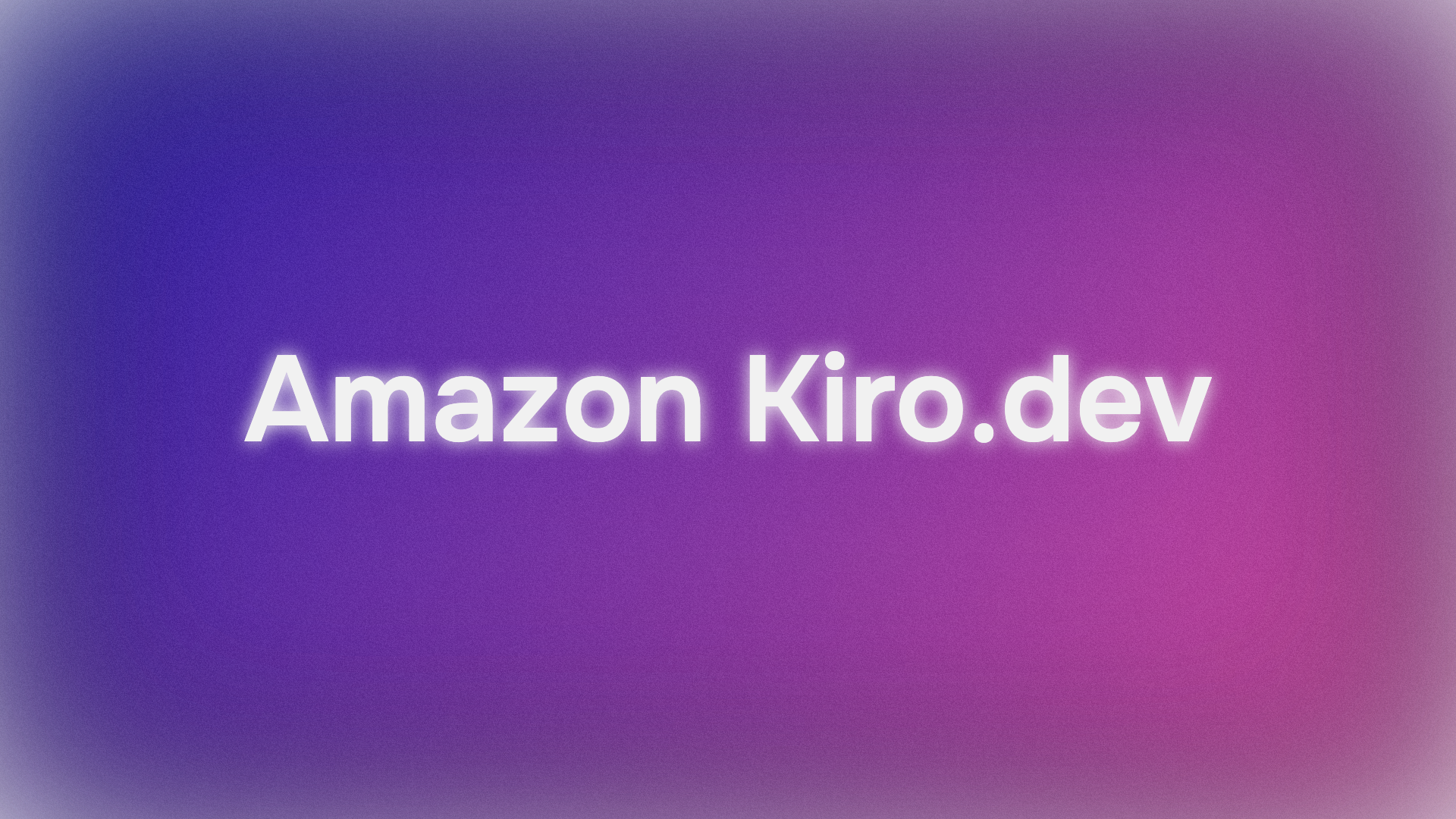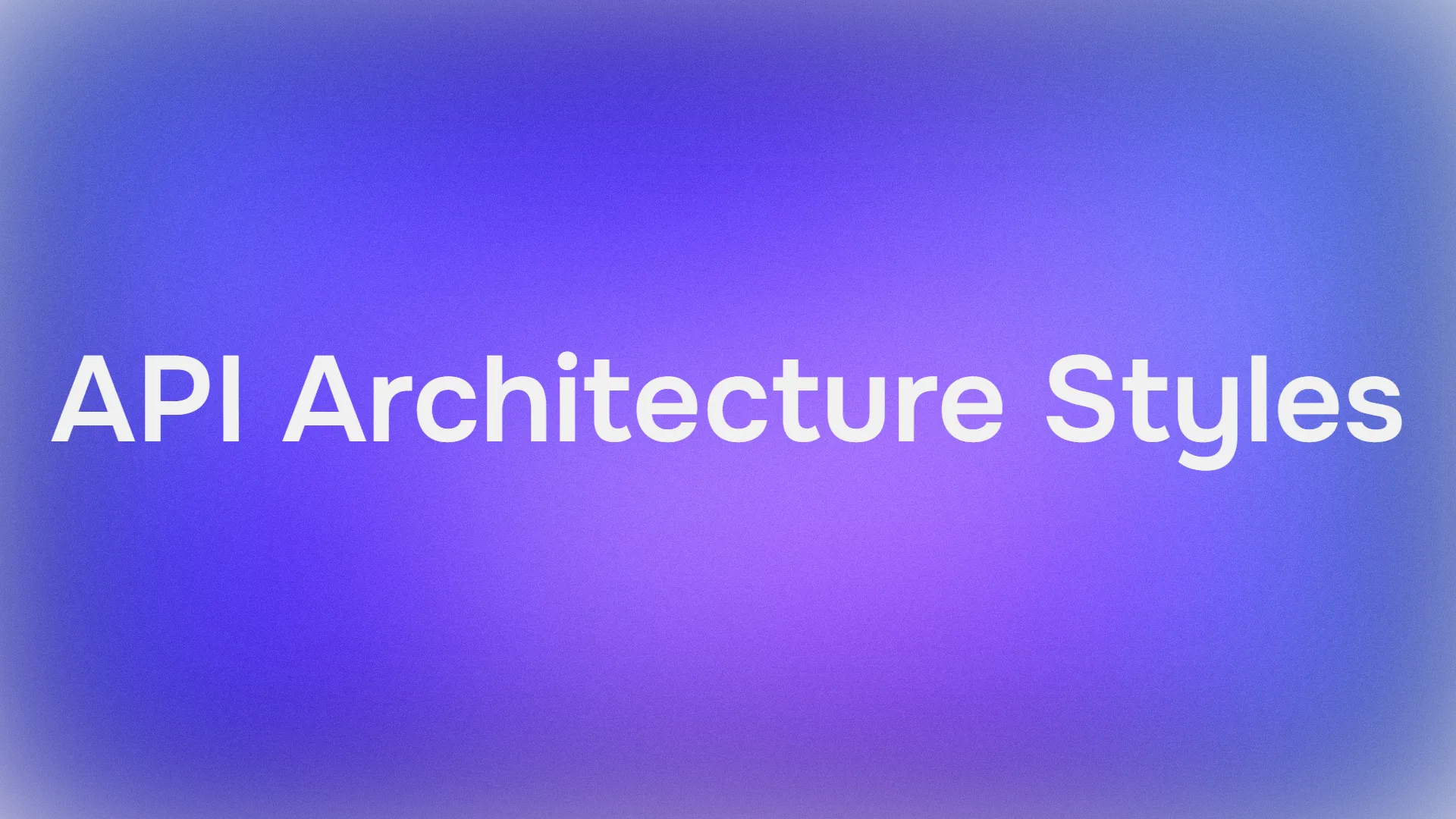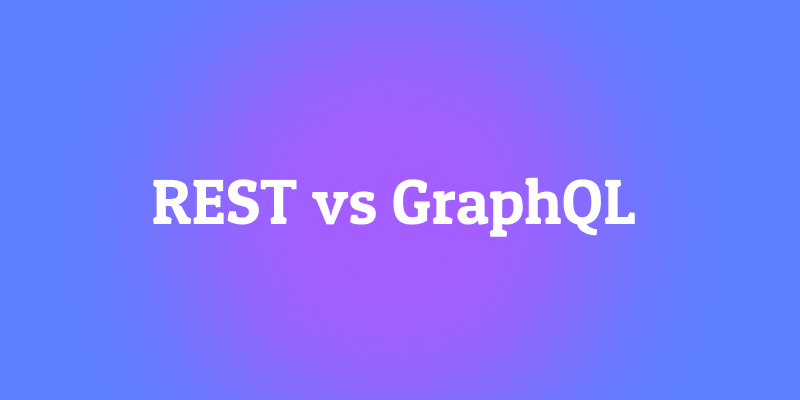AI Coding IDEs has become a game-changer, streamlining workflows, automating repetitive tasks, and enabling developers to focus on innovation. Amazon Web Services (AWS) has entered this competitive landscape with Kiro, an AI-powered Integrated Development Environment (IDE) launched in preview on July 14, 2025.
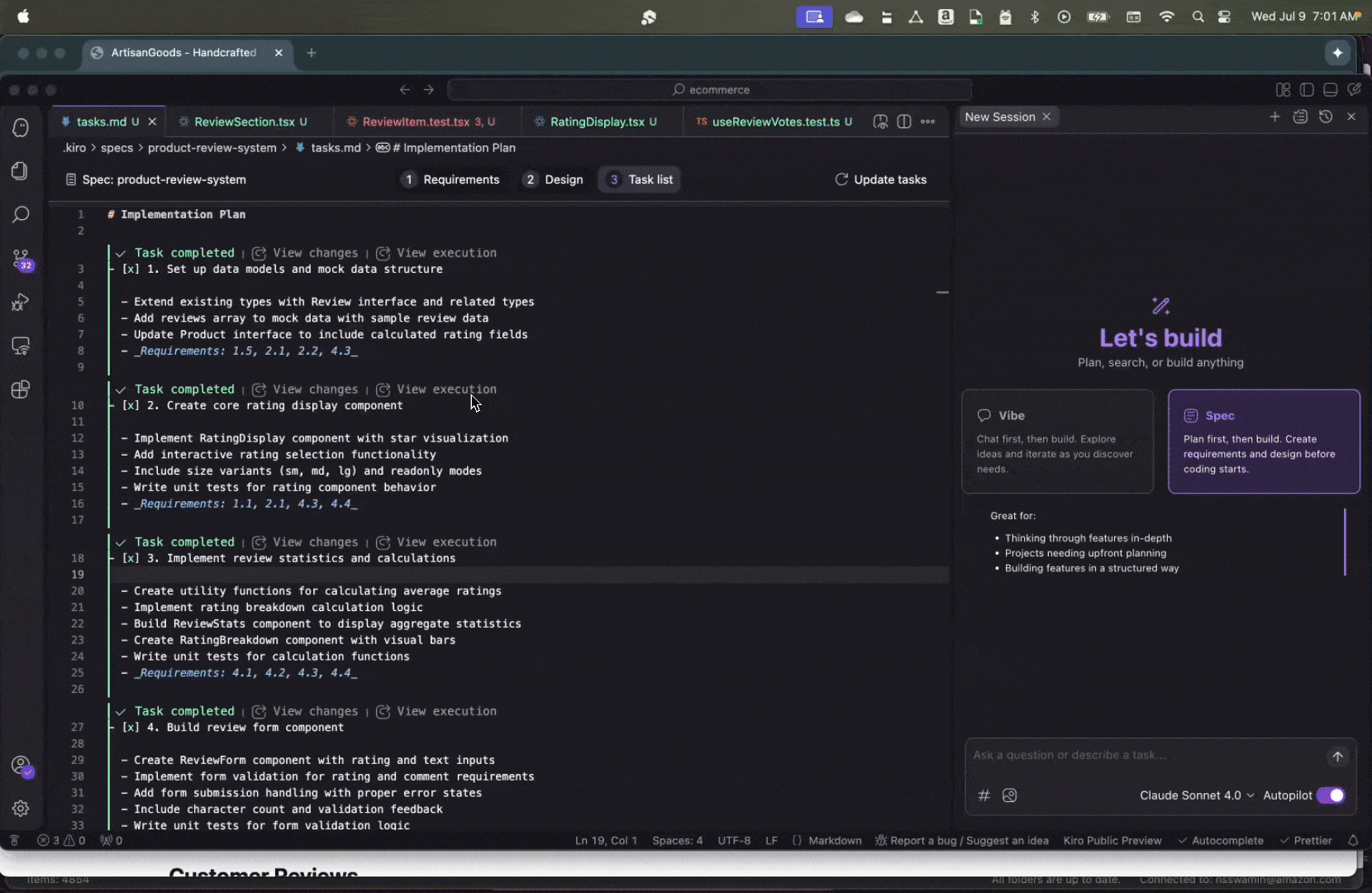
Pronounced “keer-oh,” Kiro introduces a novel approach called “spec-driven development,” aiming to transform how developers move from concept to production-ready software. Unlike traditional AI coding assistants that focus on rapid code generation, Kiro emphasizes structured planning, comprehensive documentation, and autonomous AI agents to deliver maintainable, high-quality code. This article explores Kiro’s features, its impact on the development process, and its potential to reshape the future of coding.
Want an integrated, All-in-One platform for your Developer Team to work together with maximum productivity?
Apidog delivers all your demands, and replaces Postman at a much more affordable price!
Another AI Coding IDE? Or Something Fresh?
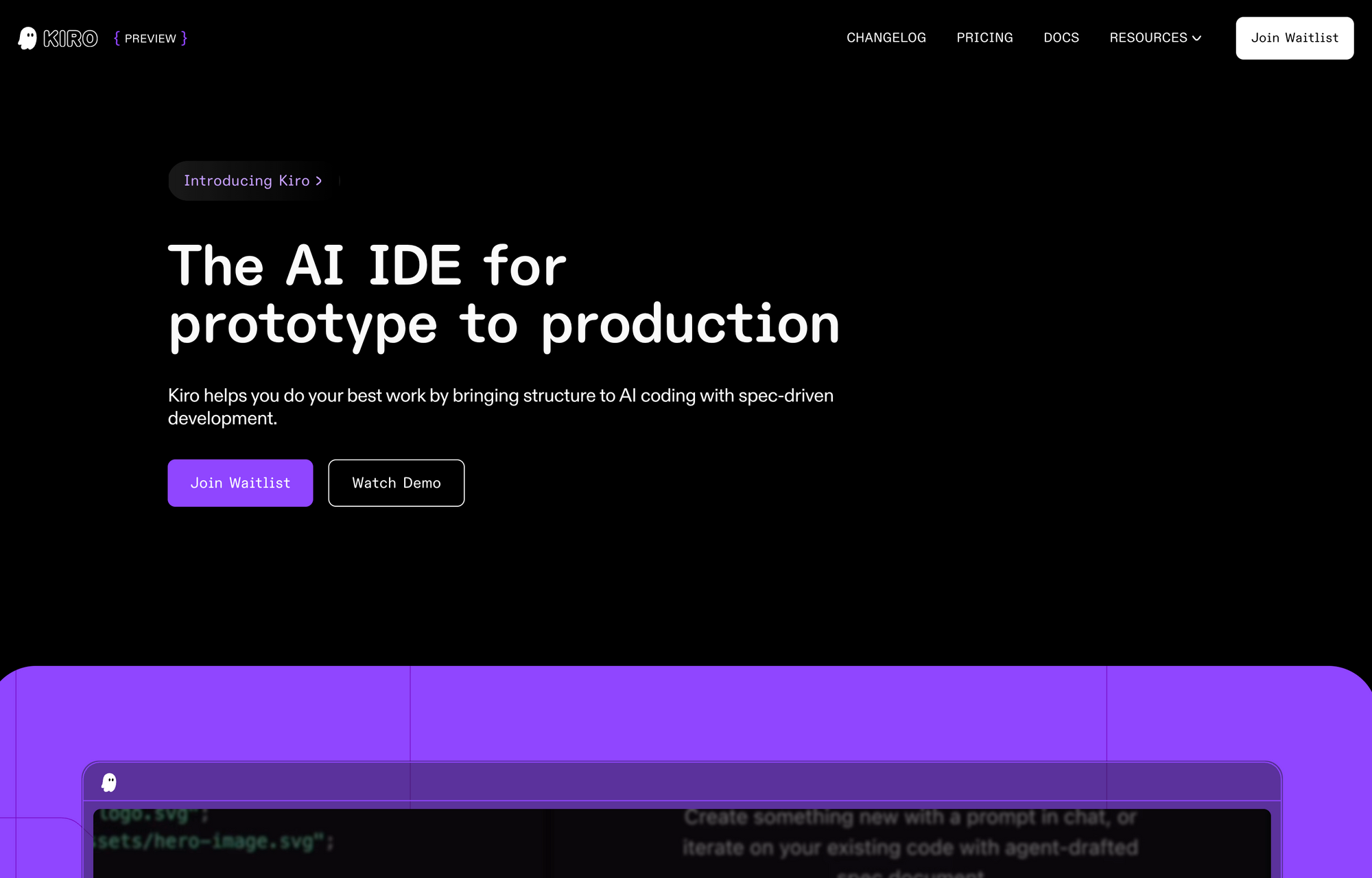
The software development industry has witnessed a surge in AI-powered tools, often referred to as “vibe coding” solutions, where developers use natural language prompts to generate code quickly. Tools like GitHub Copilot, Google’s Gemini Code Assist, and Cursor have gained popularity for their ability to provide real-time code suggestions and autocomplete functionalities. However, these tools often prioritize speed over structure, leading to challenges in maintaining code quality, aligning team efforts, and ensuring production-ready systems. This is where Kiro steps in, addressing the gap between rapid prototyping and the rigorous demands of enterprise-grade software development.

Kiro is not just another code completion tool; it’s a full-fledged IDE built on the open-source Code OSS platform, the foundation of Visual Studio Code (VS Code). By leveraging this familiar environment, Kiro allows developers to retain their existing VS Code settings, themes, and compatible plugins, ensuring a seamless transition. However, what sets Kiro apart is its agentic AI capabilities, which act like a collaborative teammate, handling everything from project planning to automated testing and documentation.
Kiro's Spec-Driven Development
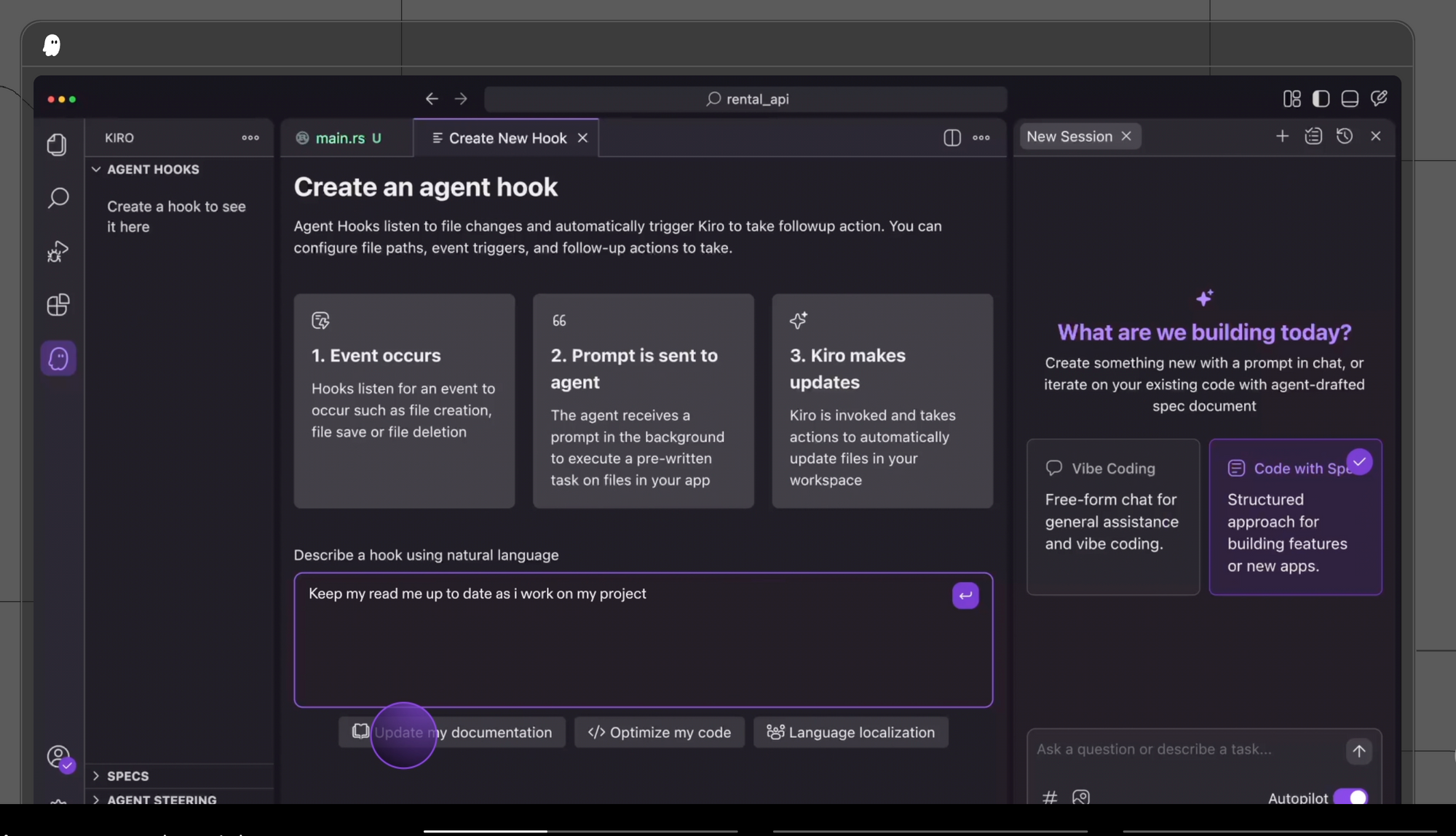
At the heart of Kiro lies its innovative spec-driven development methodology. Unlike vibe coding, which often results in undocumented or loosely structured code, Kiro enforces a disciplined process that begins with clear specifications. Developers start by inputting a high-level prompt, such as “Build a product review system for an e-commerce platform.” Kiro’s AI agents then break down this prompt into structured components: requirements, design documents, and task lists.
The requirements document is generated using the Easy Approach to Requirements Syntax (EARS), which ensures clarity and precision by including user stories, acceptance criteria, and edge cases. For example, a prompt to add a review system might result in detailed user stories for viewing, creating, filtering, and rating reviews. This eliminates the ambiguity often associated with vibe coding, where AI-generated code may not align with the developer’s intent or project goals.
Following the requirements, Kiro creates a design document that includes data flow diagrams, TypeScript interfaces, database schemas, and API endpoints. These artifacts provide a blueprint for the project, ensuring that developers and AI agents are aligned on the system’s architecture. Finally, Kiro generates a task list that breaks down the implementation into manageable steps, each linked to specific requirements and design elements. This structured approach minimizes the back-and-forth typically required to clarify requirements and ensures that the codebase evolves in sync with its documentation.
Agentic AI: A Virtual Co-Developer
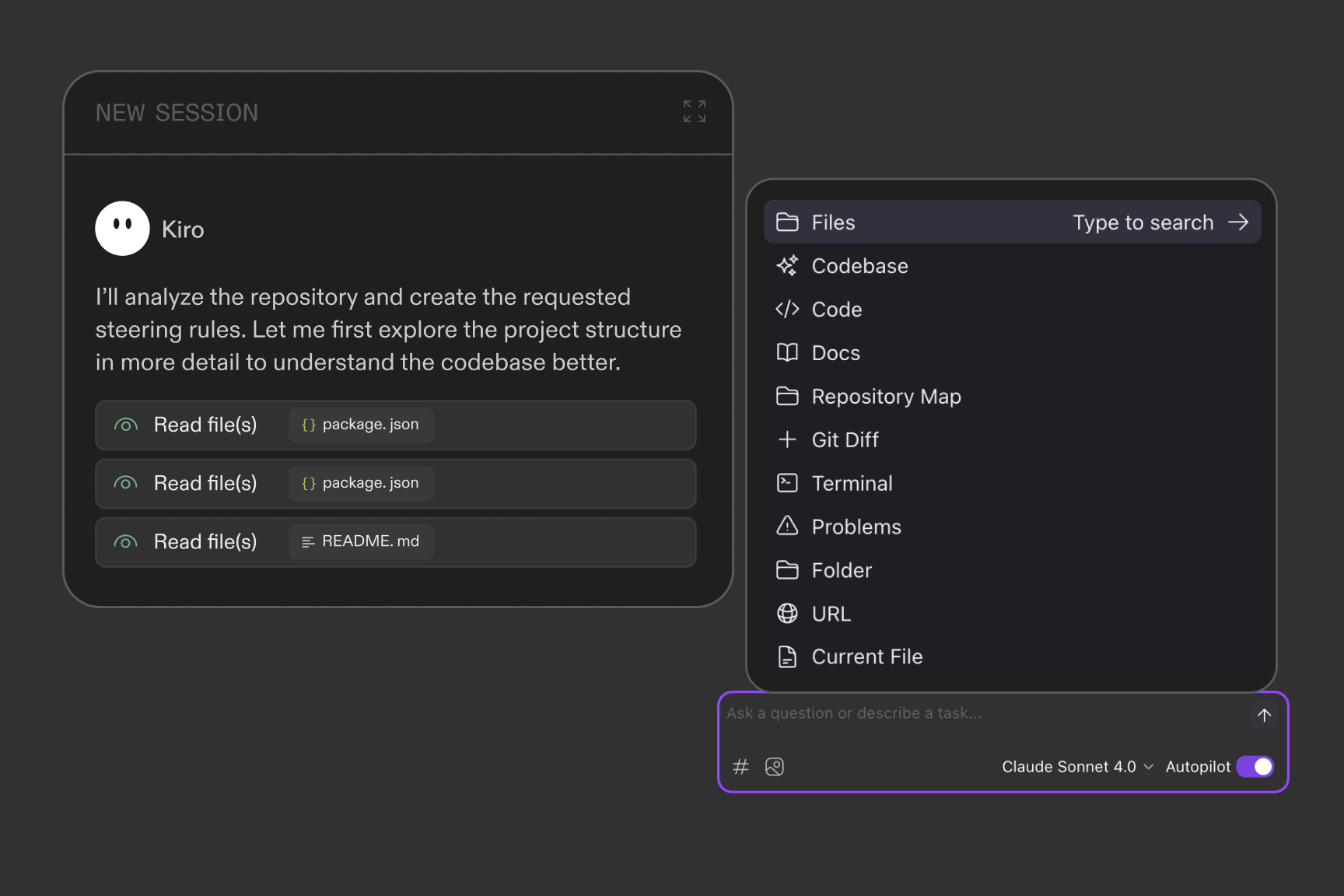
Kiro’s use of AI agents is a standout feature, setting it apart from traditional coding assistants. These agents are powered by Anthropic’s Claude Sonnet 4 model, with Claude Sonnet 3.7 as a backup, and support for additional models is planned. Unlike tools that require constant prompting, Kiro’s agents operate autonomously, performing tasks based on predefined triggers or “hooks.” These event-driven automations activate when developers save, create, or modify files, acting like an experienced colleague who catches mistakes, updates documentation, or runs security scans in the background.
For instance, a developer working on a React component can define a hook to enforce the Single Responsibility Principle, ensuring that components don’t take on excessive functionality. When a new component is committed to the repository, the agent validates it against the guideline, providing feedback or suggesting optimizations. This automation reduces manual oversight, enforces coding standards across teams, and minimizes technical debt—a common issue in AI-generated code.
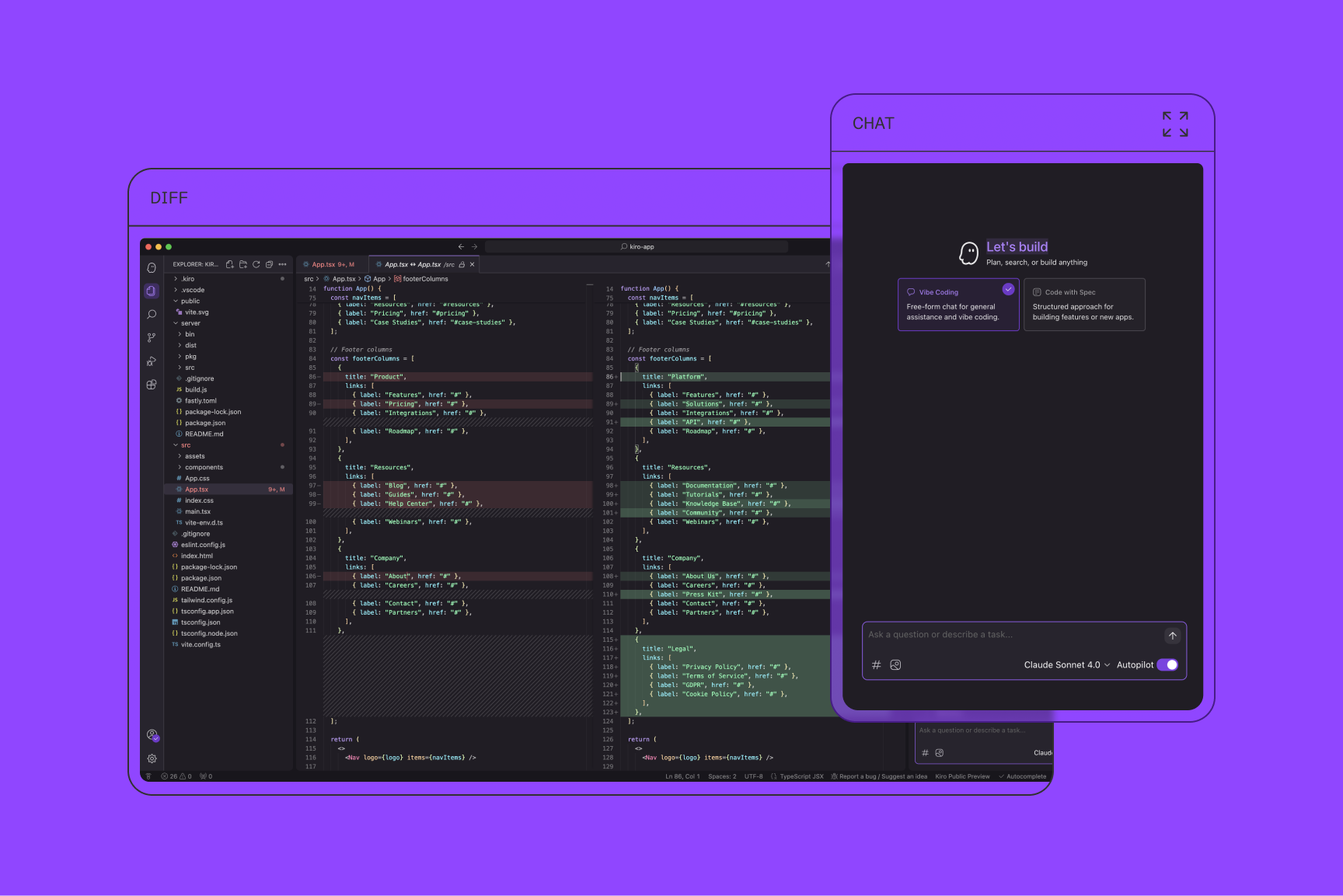
Kiro’s agents also excel at maintaining documentation. As the codebase evolves, the IDE updates specifications and design documents in real time, solving the persistent problem of outdated documentation. This is particularly valuable for teams where senior engineers’ departure often leads to a loss of institutional knowledge. By keeping specs synchronized with code, Kiro ensures that future maintainers can easily understand the system’s architecture and intent.
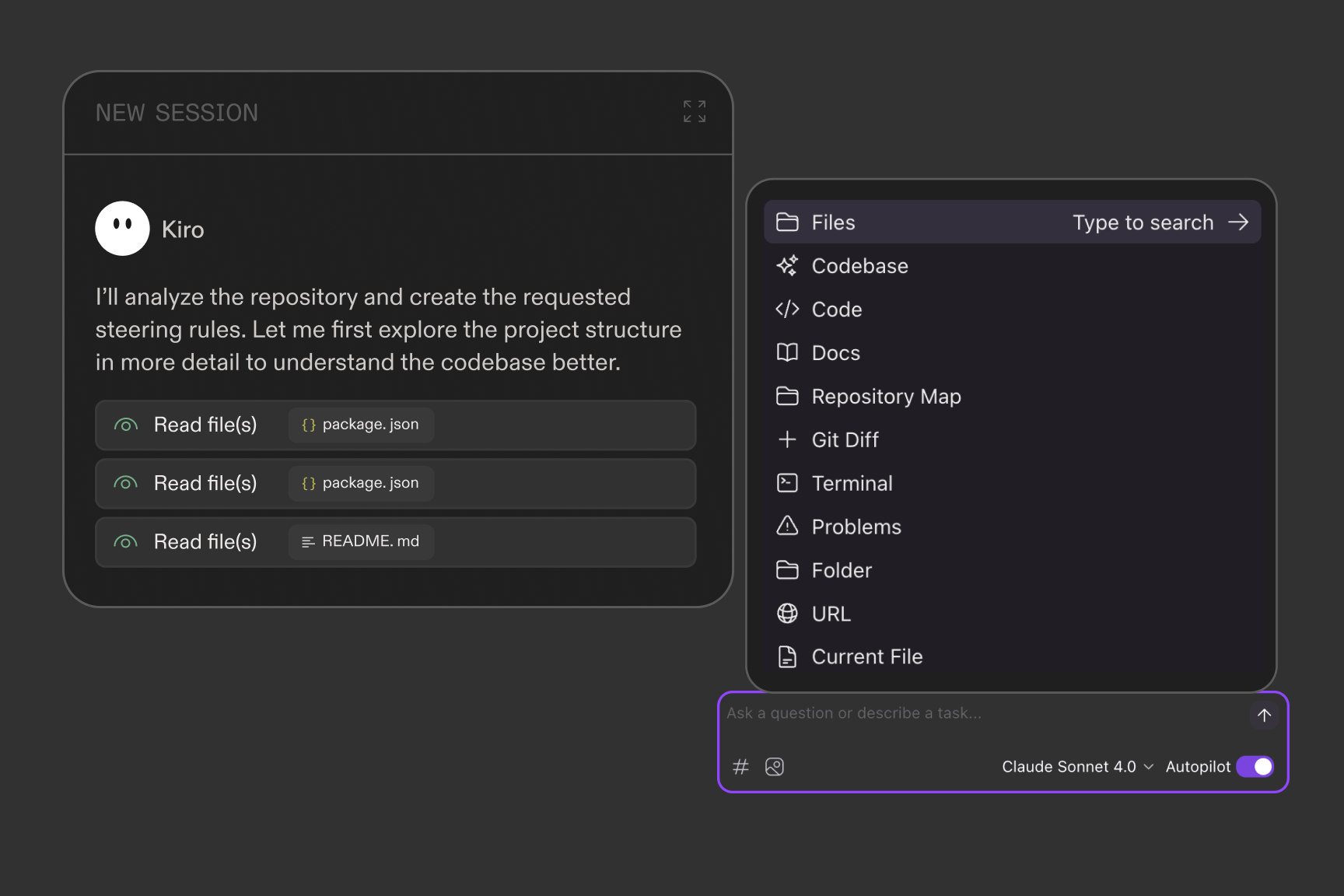
Kiro’s multimodal interface is another key differentiator. Developers can input not only text prompts but also visual diagrams, repository structures, and other contextual data. This allows Kiro to understand the project’s broader context, making its suggestions and automations more relevant. The IDE integrates with the Model Context Protocol (MCP), an open-source framework that connects AI agents to external tools, databases, and APIs. This enables Kiro to pull in real-time data, such as documentation or codebase metadata, to inform its actions.

For example, a developer building a serverless AI compliance auditor for e-commerce product reviews can integrate Kiro with Amazon’s Nova Premier Model. The IDE can generate the necessary code, enforce compliance policies, and maintain audit trails, all while leveraging external data sources. This contextual awareness makes Kiro particularly powerful for complex projects with multiple integrations, where traditional tools might struggle to maintain coherence.
OK, So Is Kiro Really Better than Cursor or Claude Code?
Kiro enters a crowded market, competing with established players like GitHub Copilot, Cursor, and Google’s Gemini Code Assist. While Copilot excels at line-by-line code suggestions and Cursor is optimized for large-scale refactoring, Kiro’s strength lies in its holistic approach. By integrating planning, coding, testing, and documentation into a single workflow, Kiro targets teams building long-lived, production-grade applications, particularly in AWS environments.
However, Kiro faces challenges. Its proprietary nature has drawn criticism from developers who prefer open-source solutions, and its reliance on Claude models may limit flexibility compared to tools supporting a broader range of AI models. Additionally, AWS’s earlier struggles with Amazon Q Developer’s performance and cost have raised skepticism about Kiro’s execution, though early feedback suggests it’s a significant improvement.
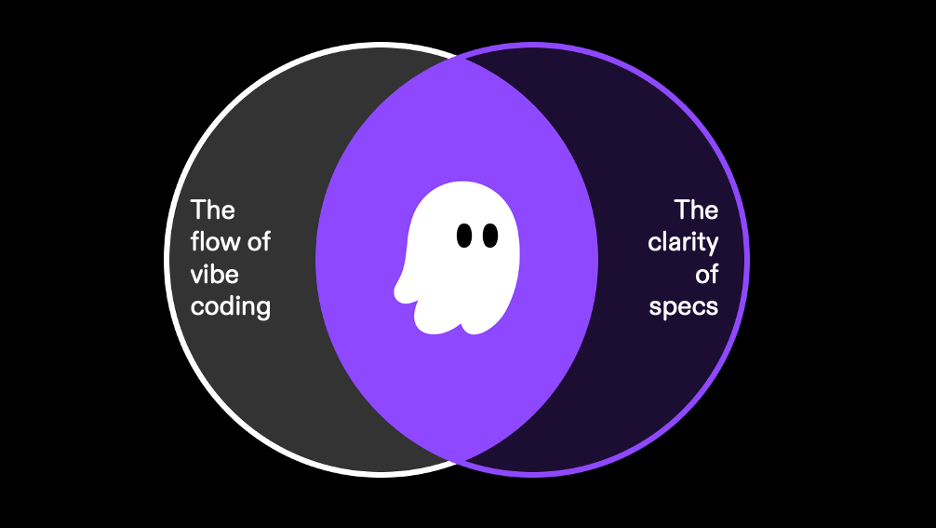
Built on Code OSS, Kiro feels familiar to developers accustomed to VS Code. It supports Open VSX-compatible plugins, allowing users to extend its functionality with their preferred tools. Developers can sign in using Google, GitHub, AWS SSO, or AWS Builder ID, with no AWS account required, making Kiro cloud-agnostic and accessible to a wide audience. For those using Amazon Q Developer, Kiro offers deeper integration, providing enhanced code analysis and agentic assistance.
The IDE also includes an agentic chat interface for ad-hoc coding tasks. Developers can ask questions about their codebase, debug issues, or request code snippets, with responses tailored to the project’s context. This chat mode supports both “vibe coding” for quick, open-ended prompts and “code with spec” for structured tasks tied to the project’s requirements. The flexibility to switch between these modes makes Kiro versatile, catering to both exploratory prototyping and rigorous production workflows.
Kiro.dev Pricing
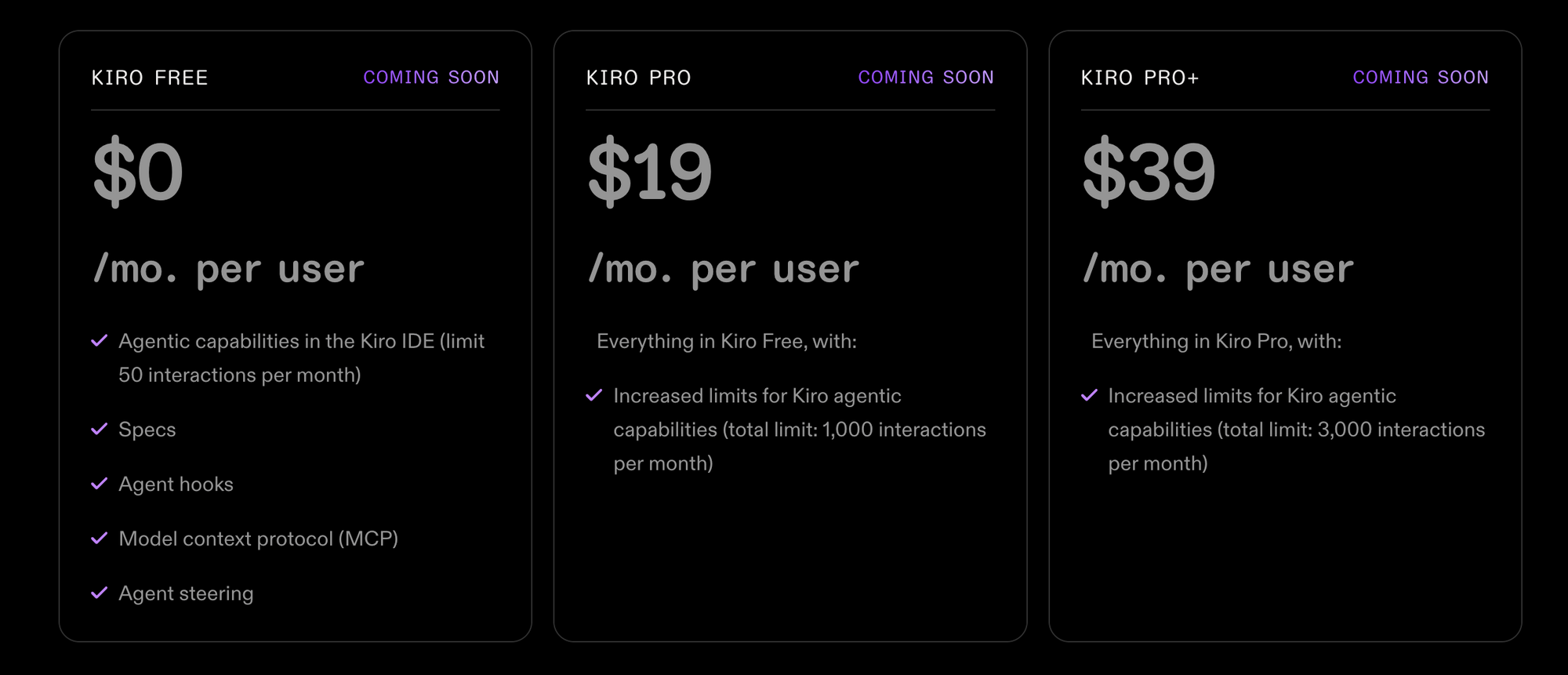
During its preview phase, Kiro is free, with a limit of 50 agentic interactions per month. Post-preview, AWS plans to introduce three pricing tiers: a free tier with 50 interactions, a Pro tier at $19 per month with 1,000 interactions, and a Pro+ tier at $39 per month with 3,000 interactions. Users with an Amazon Q Developer Pro account ($20 per month) will receive Kiro access at no additional cost. Each interaction can involve complex tasks, such as generating code or updating documentation, making the free tier sufficient for testing and small projects.
AWS emphasizes privacy, allowing free users to opt out of data collection for model training and ensuring that paid users’ data remains private. This addresses concerns raised by developers wary of AI tools that use proprietary code for training.
Conclusion: Shall You Swith to Kiro?
Kiro represents a shift in the AI coding paradigm, moving beyond rapid prototyping to structured, enterprise-ready development. Its spec-driven approach addresses critical pain points, such as technical debt, misaligned requirements, and outdated documentation, making it a compelling choice for teams seeking reliability and maintainability. As AI continues to reshape software development, Kiro’s emphasis on automation and collaboration positions it as a potential game-changer.
Looking ahead, Kiro’s success will depend on its ability to balance structure with flexibility, expand multilingual support, and integrate with a wider range of AI models and tools. AWS’s commitment to a cloud-agnostic, standalone platform suggests a strategic move to capture a broad developer audience, not just those within its ecosystem. If Kiro can deliver on its promise of transforming “vibe coding” into “viable code,” it could redefine how developers approach software creation, making it faster, smarter, and more sustainable.
In conclusion, Kiro is more than an IDE; it’s a vision for the future of software development, where AI acts as a collaborative partner, not just a tool. By combining the speed of AI with the rigor of traditional engineering practices, Kiro empowers developers to focus on innovation while ensuring their code is production-ready. As the preview phase unfolds, the developer community will be watching closely to see if Kiro lives up to its ambitious goals, potentially setting a new standard for AI-driven development.
Want an integrated, All-in-One platform for your Developer Team to work together with maximum productivity?
Apidog delivers all your demands, and replaces Postman at a much more affordable price!
